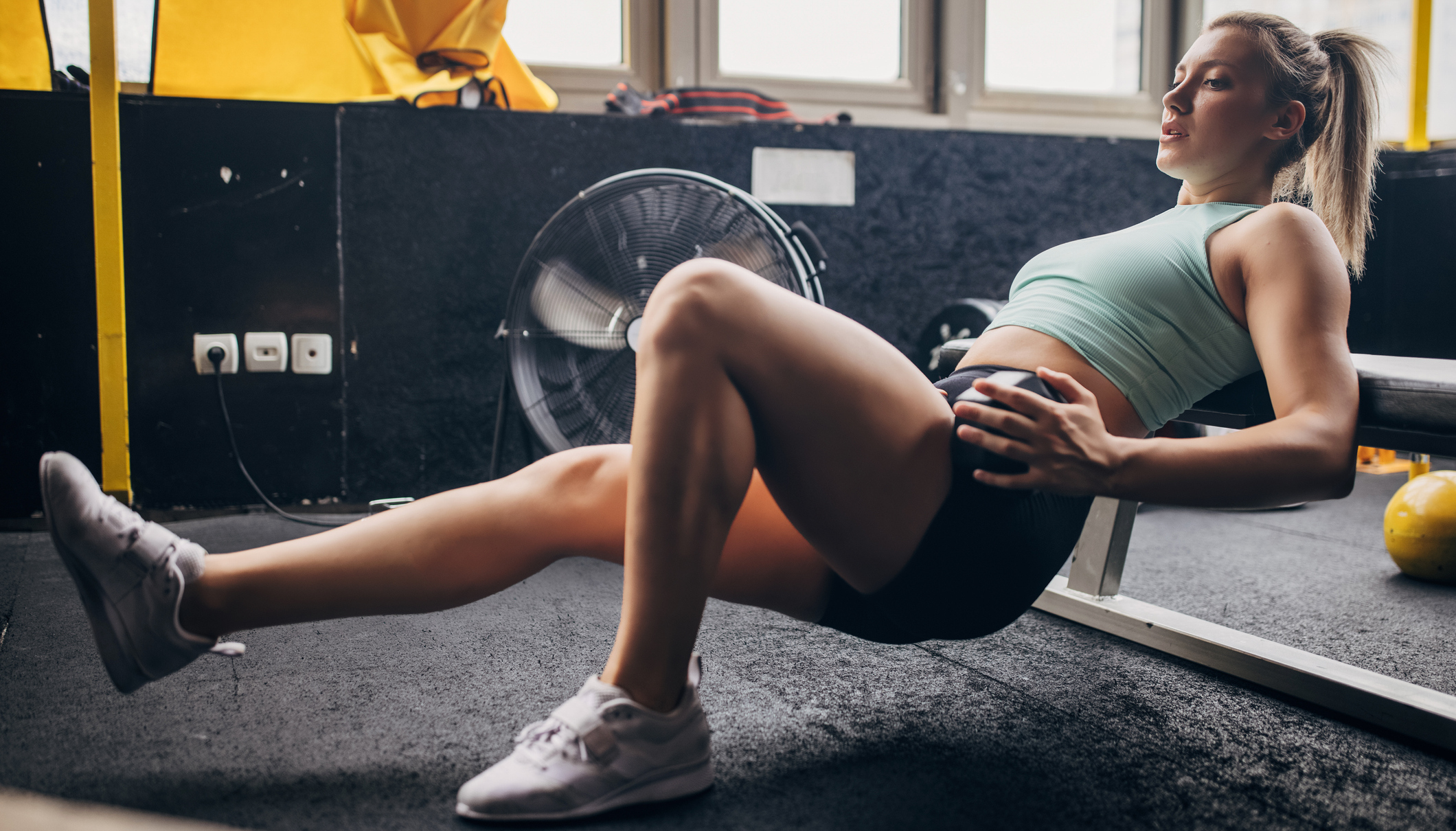
You go to the gym for a reason, and if that reason is to build muscle we’re sorry to say you’re going to have to push yourself. If it’s not challenging, there’s no reason for your muscles to adapt.
If you finish your next leg workout with more to give, wrap things up with this finisher from personal trainer Alex Rice, which is made up of three dumbbell leg exercises. It perhaps has more in common with a short strength training routine than a workout finisher, which tends to include a conditioning component, but the addition of isometric holds is a surefire way to finish your legs off.
Take a look at Rice’s Instagram Reel to see what’s in store.
The routine consists of goblet squats, followed by single-leg hip thrusts and conventional hip thrusts. Performing an exercise with proper form is always important to gain the most from the movement and avoid injury, but it’s always harder at the end of a workout when you’re fatigued, so here are some helpful cues to keep in mind if you try this session.
In our guide to goblet squat form, functional fitness and nutritional coach Karl Bratland shares a helpful technique tip: “Hold the dumbbell by one end as close to your chest as you can,” he says. “If you hold it away from the body you won’t be able to support as much weight, so keep it close to the chest under your chin.”
Bratland also advises keeping your chest facing forward and your heels flat on the floor so your weight is evenly distributed.
This routine also involves single-leg hip thrusts and regular hip thrusts. For more form tips, you can take a look at our guide on how to do the hip thrust, where strength and conditioning coach Andrew Reay shares some expert advice.
One of Reay's top tips helps you avoid putting too much pressure on the lower back, which is common if you overextend at the top of the lift. “Tuck your chin down to your chest. This keeps you in a position where you can’t overextend,” says Reay.







